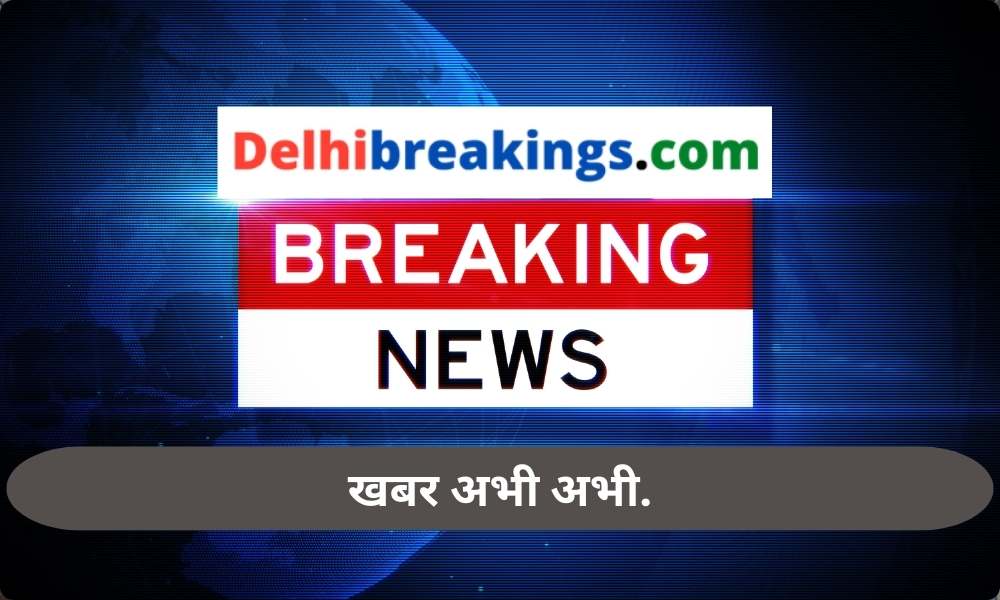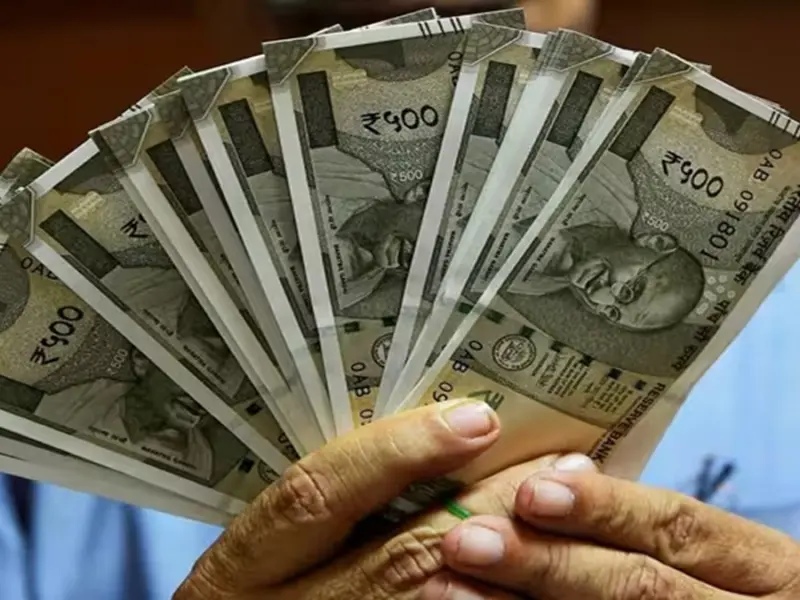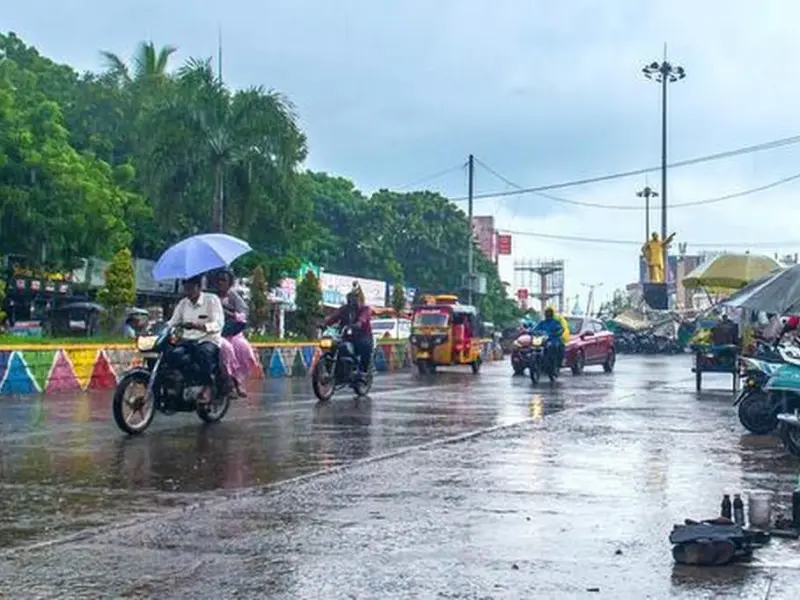India is taking a significant leap forward in transportation with its ambitious bullet train projects, and Delhi, the nation’s capital, is at the forefront of this transformation.
The Delhi route bullet trains are set to revolutionize travel across the country, connecting major cities with unprecedented speed and efficiency. Let’s delve into the details of these high-speed rail projects and their impact on India’s transportation infrastructure.
1. Mumbai-Ahmedabad High-Speed Rail Corridor (MAHSR):
- Route: The most prominent bullet train project, the MAHSR, willconnect Mumbai and Ahmedabad, covering a distance of 508 km. The route will have 12 stations, including major cities like Surat and Vadodara.
- Speed: The bullet trains on this corridor are expected to reach a maximum speed of 320 km/h, significantly reducing travel time between the two bustling cities.
- Technology: The MAHSR project is being developed with the technical assistance of Japan, incorporating their renowned Shinkansen technology, known for its safety and efficiency.
- Benefits: The MAHSR will not only drastically cut travel time but also enhance connectivity, boost economic activities, and promote tourism along the corridor.
2. Delhi-Varanasi High-Speed Rail Corridor (DVHSR):
- Route: This corridor will link Delhi to Varanasi, a major cultural and religious hub, spanning a distance of 865 km.
- Stations: The DVHSR will have stops at several important cities like Noida, Agra, Kanpur, Lucknow, and Prayagraj.
- Economic Impact: The project is expected to stimulate economic growth in Uttar Pradesh, create employment opportunities, and enhance tourism potential.
- Current Status: The DVHSR is in the planning and feasibility study stage, with detailed project reports being prepared.
3. Delhi-Amritsar High-Speed Rail Corridor (DAHSR):
- Route: The DAHSR will connect Delhi to Amritsar, a significant religious and cultural center in Punjab, covering a distance of approximately 450 km.
- Potential Benefits: This corridor will improve connectivity between Delhi and Punjab, boost tourism, and promote economic development in the region.
- Current Status: The project is currently in the planning phase, with various alignment options being explored.
Challenges and Opportunities:
- Land Acquisition: One of the major challenges faced by these projects is acquiring the necessary land for the tracks and stations.
- Cost: High-speed rail projects are capital-intensive, requiring substantial investments.
- Technology Transfer: Effective technology transfer from Japan is crucial for the successful implementation and maintenance of the MAHSR.
- Job Creation: These projects have the potential to create numerous employment opportunities in various sectors.
- Environmental Impact: Minimizing the environmental impact of these projects is a crucial consideration.
The Delhi route bullet trains represent a significant stride in India’s transportation infrastructure. They hold the promise of transforming travel across the country, boosting economic development, and fostering regional connectivity. While challenges exist, the potential benefits of these projects are immense.





